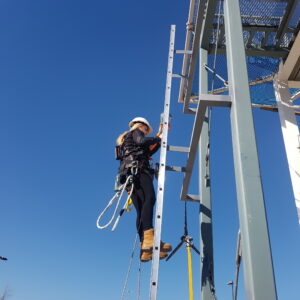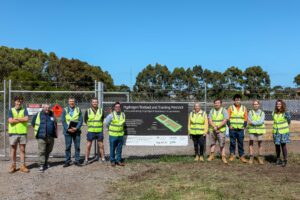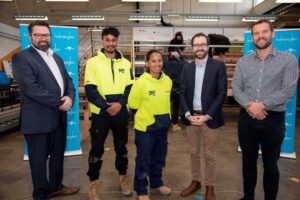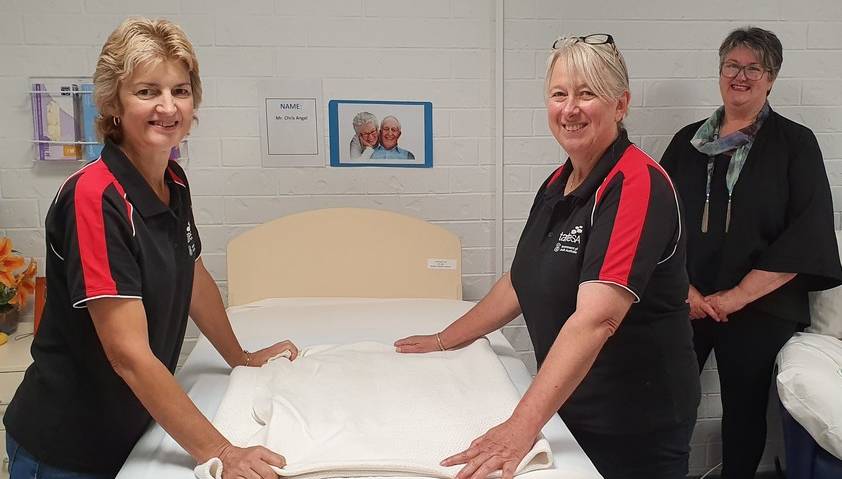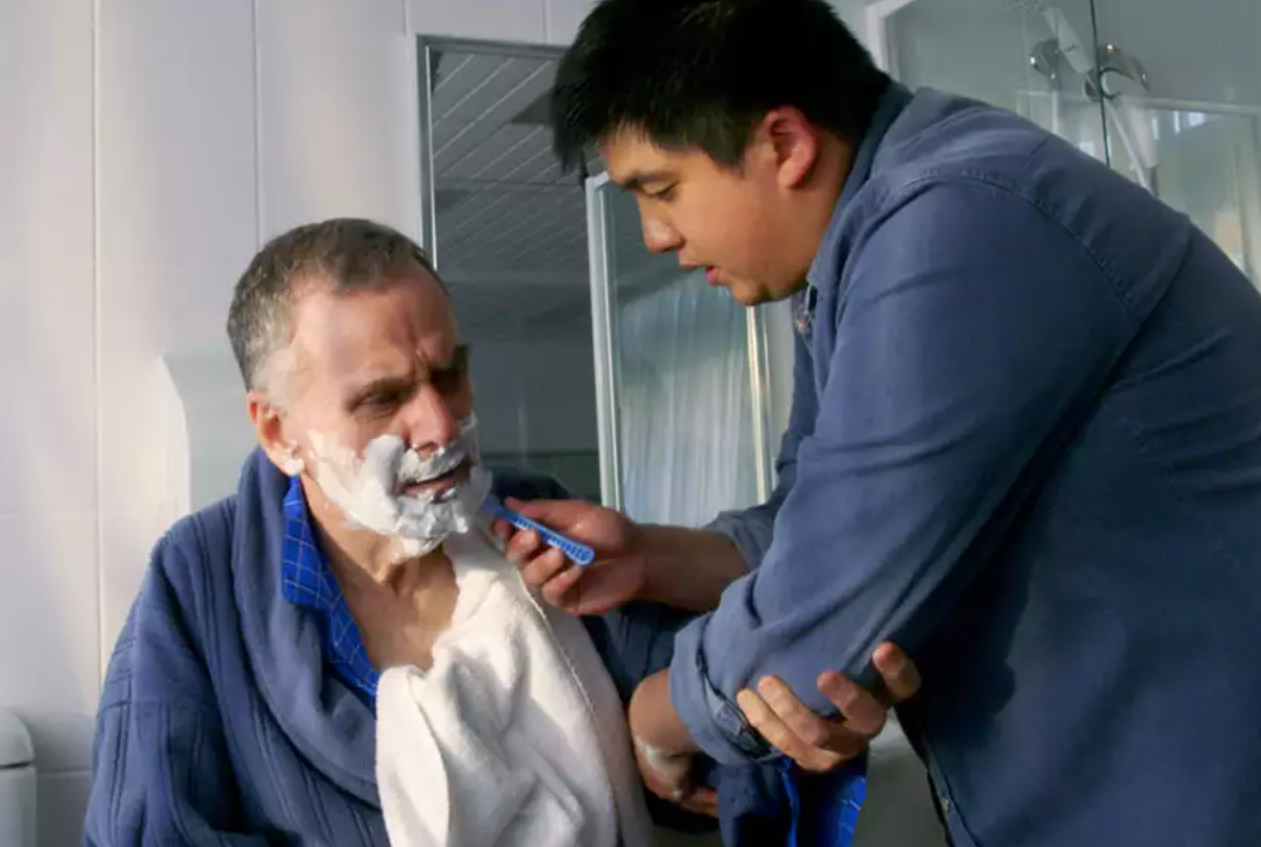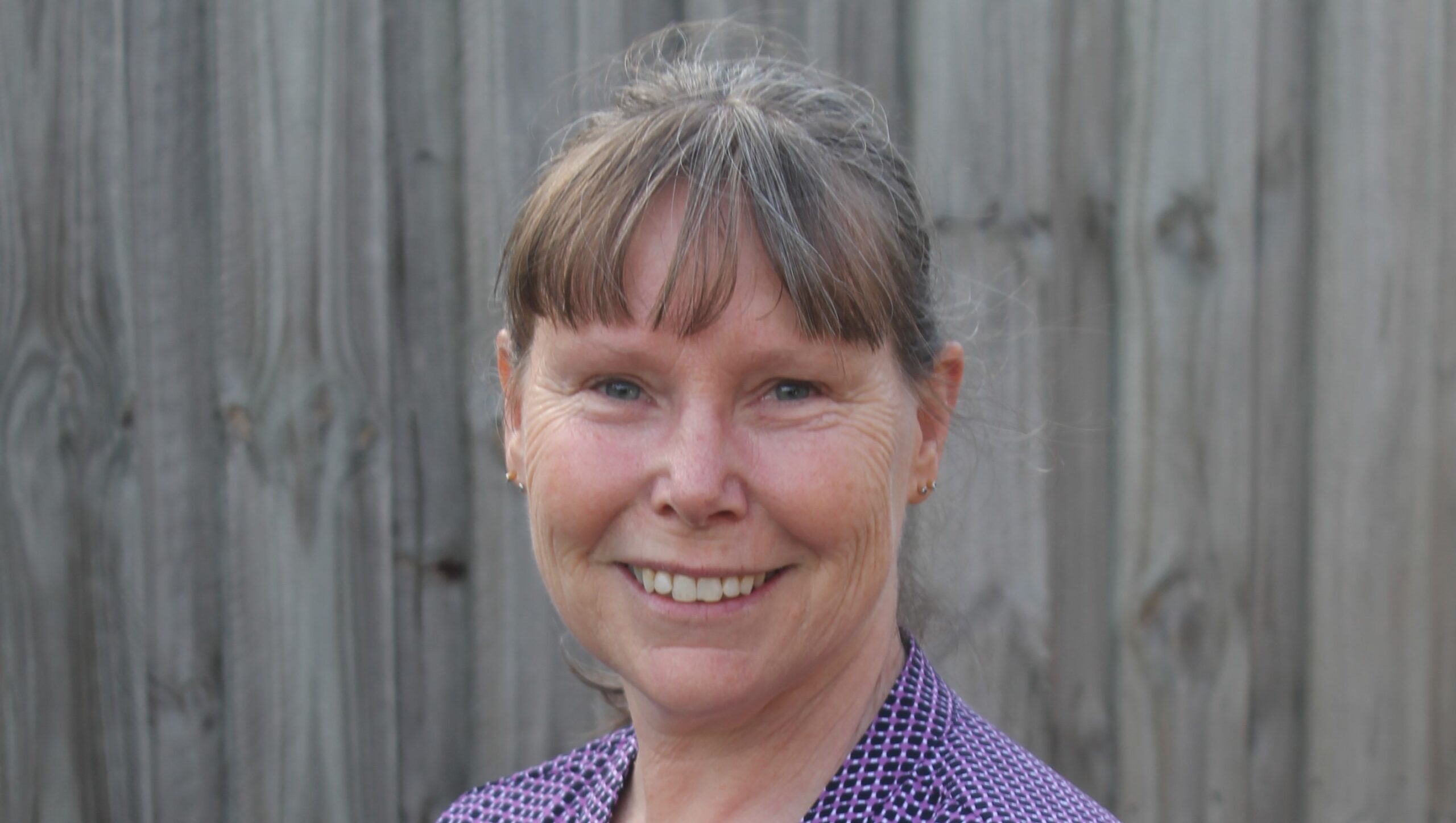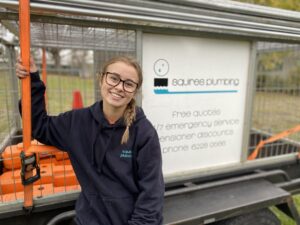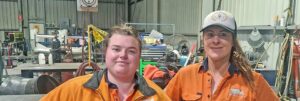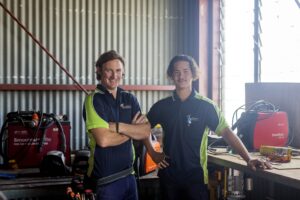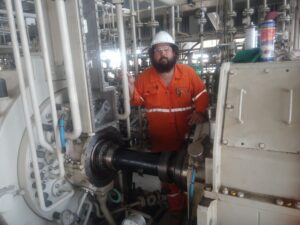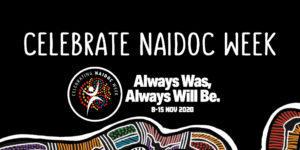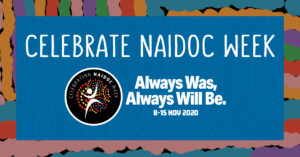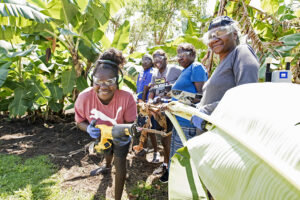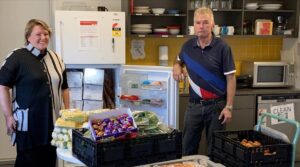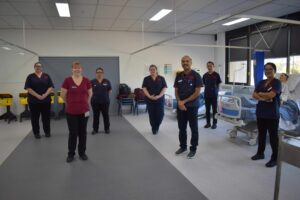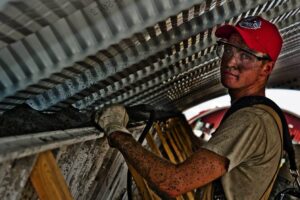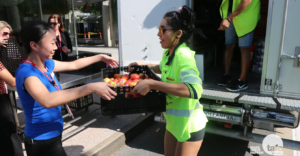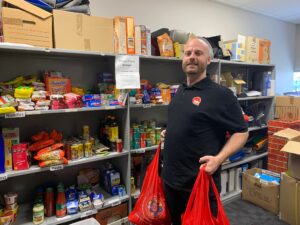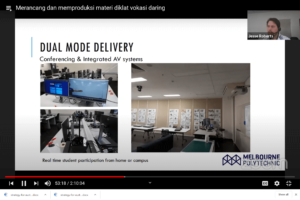#POWER OF TAFE: More TAFE Stories
This is a collection of examples of the #POWER OF TAFE around Australia.
For our most recent TAFE-Industry collaboration examples, please click here.
Featured Topics:
TAFEs supporting the renewable energy industry
Australia’s transition to a low-carbon, sustainable economy necessitates the adoption of new and rapidly emerging clean technologies. TAFEs are playing an important part in supporting the development of a future workforce in the renewable energy sector.
All Australian states and territories have been steadily progressing their own policies and taking significant actions to reduce emissions, support renewable energy development, and increase energy efficiency. In doing so governments, industries and communities have recognised the potential for new jobs and economic development, especially in regional areas, that can be achieved through a range of renewable energy pathways and initiatives.
These, in turn, require a highly skilled workforce capable of designing, installing, monitoring and maintaining systems, products and processes significantly different from those in common use; so different, that many have yet to be developed.
TAFEs supporting a quality aged care workforce
As stated by the National Skills Commission health care and social assistance is Australia’s largest employing industry and, given the COVID-19 pandemic, is a critical workforce. It covers health services like hospitals, general practitioners, dental and ambulance services, as well as services such as childcare and aged and disability care.
This industry has a large proportion of part-time workers, with 46% of the workforce employed part-time (compared with the Australian average of 31%). There is also a significant share of female workers in health care and social assistance (nearly four in five workers are female).
Post-school education is commonly required in this industry with more than 80% of workers having a post-school qualification. Qualifications are often mandatory for employment but training opportunities exist in both the VET sectors and higher education.
Demand is expected to continue for this industry given the COVID-19 pandemic and Australia’s ageing population.
TAFE Directors Australia maintains important relationships in the sector and continues to support a range of workforce initiatives including in health and social services. In August 2020 it established the National Enrolled Nursing Advisory Council (NENAC). The Council brings together experts in professional care education from across Australian TAFEs to represent and advocate for enrolled nursing education.
The Final Report of the Royal Commission into Aged Care Quality and Safety (the Report) was tabled in Parliament on 1 March 2021. In their report, titled Care, Dignity and Respect, the Royal Commissioners called for fundamental reforms in the aged care system. The wide-ranging recommendations included action on workforce conditions and capability, and acknowledged that the care workforce is central to the quality of aged care in Australia. TAFEs, as quality public providers, will be an integral part of the reforms.
In the Government’s response to the Report and in the 2021-21 Budget, the Australian Government confirmed it will invest $338.5 million over three years to grow, train and upskill the aged care workforce to drive improvements in the safety and quality of care experienced by senior Australians. By 2050, the aged care workforce is expected to grow to more than one million people. Within two years the workforce will need to increase by around 3,600 registered nurses and 34,200 personal care workers.
The increased funding for aged care workers has a flow on effect for TAFEs. This includes:
- up to 6,000 new personal care workers in workplaces for 2021 and 7,000 for 2022, funded through the Australian Government Department of Health;
- 33,800 additional training places rolled out over two years for personal care workers to attain a Certificate III in Individual Support (Ageing), funded through the expanded JobTrainer measure;
- additional training places in 2023 for personal care workers to attain a Certificate III in Individual Support (Ageing).
The National Centre for Vocational Education Research (NCVER) Total VET Students and Courses data for 2019 shows that across all VET providers, the Certificate III Individual Support was the qualification with the highest number of program enrolments with a total of 76,930 enrolments. This includes 13,510 at TAFE institutes with the Certificate III Individual Support the sixth most popular qualification.
It is not surprising that many Australians whose livelihoods were impacted by COVID-19, are looking for opportunities to re-train in a sector which offers a secure and fulfilling career, and where skilled workers are in high demand. Those starting out in their career also see aged care as a career of choice with opportunities for advancement for those who seek it. People with a passion for caring and a sense of wanting to give back find their work in the aged care sector to be highly rewarding.
Care, compassion and empathy: pursuing a career in aged care
Research and strategy

On 1 March 2021, the Final Report of the Royal Commission into Aged Care Quality and Safety (the Report) was tabled in Parliament. Please click here to access all volumes of the Report.

The Australian Government response to the final report of the Royal Commission into Aged Care Quality and Safety can be accessed here.
Apprentices and Traineeships
Apprenticeships play a very important role in Australia’s system of skills development, having had a long history of successfully combining paid on-the-job training in tandem with formal skills and knowledge development[1].
The Australian apprenticeship and traineeship system is characterised by the following[2]:
- An education and training regime set up by, or with the approval of, governments;
- A relatively large system on a world scale;
- Routinely comprises young people and adults, and part-time workers;
- Includes a large range of occupations; with a range of training lengths from one to four years;
- Apprentices’ legal status is that they are employees, and they are paid as such;
- Employers are responsible for the development of the apprentice;
- Some financial incentives and tax concessions are provided to employers and also to apprentices (for example, tools allowances);
- It has relatively low rates of completion, but involves high rates of progression to a permanent job for those who complete;
- Includes on-the-job and off-the-job training; the off-the-job training is usually in adult VET training providers;
- Results in the awarding of a qualification and/or licence and/or some other recognition that enables an occupation to be practised independently once the apprenticeship is successfully completed.
In terms of policy the draft VET Roadmap[3] formulated by Federal, State and Territory governments serves as a broad framework for considering VET system reform. An important part of the roadmap is to reform apprenticeships. This includes to explore alternative models for employment-based training, improve employer navigation through the system, refine data collection and review existing government and industry support for apprenticeships and trainees.
[1] Stanwick, J; Ackehurst M & Frazer K 2021, Issues in apprenticeships and traineeships – a research synthesis, National Centre for Vocational Education Research
[2] Smith E 2021, The expansion and contraction of the apprenticeship system in Australia, 1985-2020, Journal of Vocational Education & Training
[3] Department of Education, Skills and Employment 2021, Vocational Education and Training (VET) Reform Roadmap Draft
TAFEs closing the gap
TAFEs, in keeping with their public mission to serve their communities, are committed to the advancement of Aboriginal and Torres Strait Islanders, the traditional owners of Australia.
Generations of disadvantage, commenced from dispossession of their lands, has created a gap between the well-being and economic advancement of Aboriginal and Torres Strait Islanders and the general Australian population.
Post school education and training through TAFEs is a clear pathway for closing the gap. Aboriginal and Torres Strait Islanders are over-represented in Certificate I (11.1 per cent of students) and Certificate II (7.1 per cent of students) courses, while they represent only 2.8 per cent of students at Diploma level and above. While only a simple measure this signifies the challenge TAFEs commit to lifting the attainment levels of Aboriginal and Torres Strait Islanders.
Success comes from engagement. Enjoy these uplifting stories of success.
TAFEs celebrating women
Celebrating National Skills Week
Examples of some National Skills Week activities are highlighted as well as uplifting stories about students and their learning achievements at TAFE.
TAFE responding to COVID-19
The COVID Story
Read the story of COVID transformation within TAFEs. During 2020 the adaptation of teaching and learning to make sure students and businesses could continue their training has been remarkable. VET and TAFE is unlikely to return to the pre-COVID normal.

